
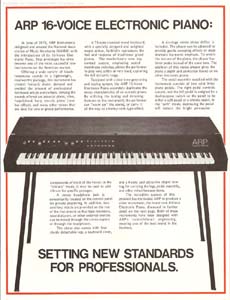
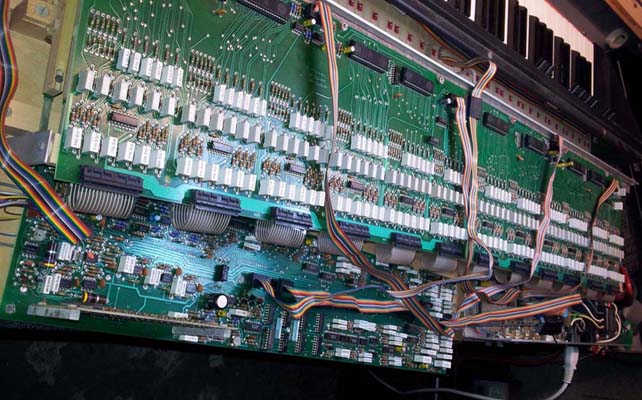
 |
 |
 |
| Defective Membranes |
Defective Noise |
Defective Mute |
Derivatives |
Initial Repairs |
Gating Circuit |
Noise Sources |
Panel Controls |
Sounds |
Epilogue |
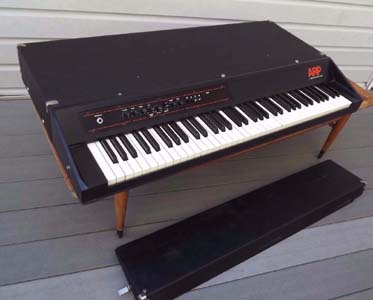 |
 |
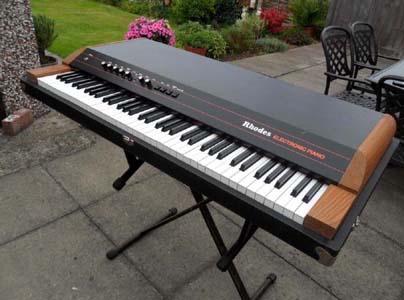 |
| Defective membrane contacts with
wheel |
Better leaf switch contacts |
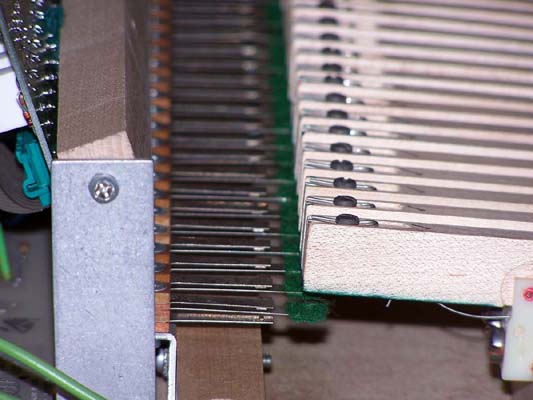 |
| Voicing Board Before Rework |
Voicing Board After Rework |
| Voicing Board solder side,
Bypass caps added to all opamps |
 |
| Diagram of the TOS/keying system |
| Preset # |
Sound |
Preset # |
Sound |
| "P" |
Piano (duh!) |
9 |
Harp |
| 2 |
Fifths |
10 |
Celeste |
| 3 |
Vibes |
11 |
Clavichord |
| 4 |
Xylophone |
12 |
Bright Reed Electric Piano
(Wurlitzer) |
| 5 |
Trill FX |
13 |
Harpsichord |
| 6 |
Tine Electric Piano (Rhodes) |
14* |
Wah Clavinet |
| 7 |
Clavinet |
15* |
Auto Wah Reed EP (Wurlitzer) |
| 8 |
Reed Electric Piano (Wurlitzer) |
16* |
Auto Wah Clavinet |
